Facilitating human-elephant coexistence
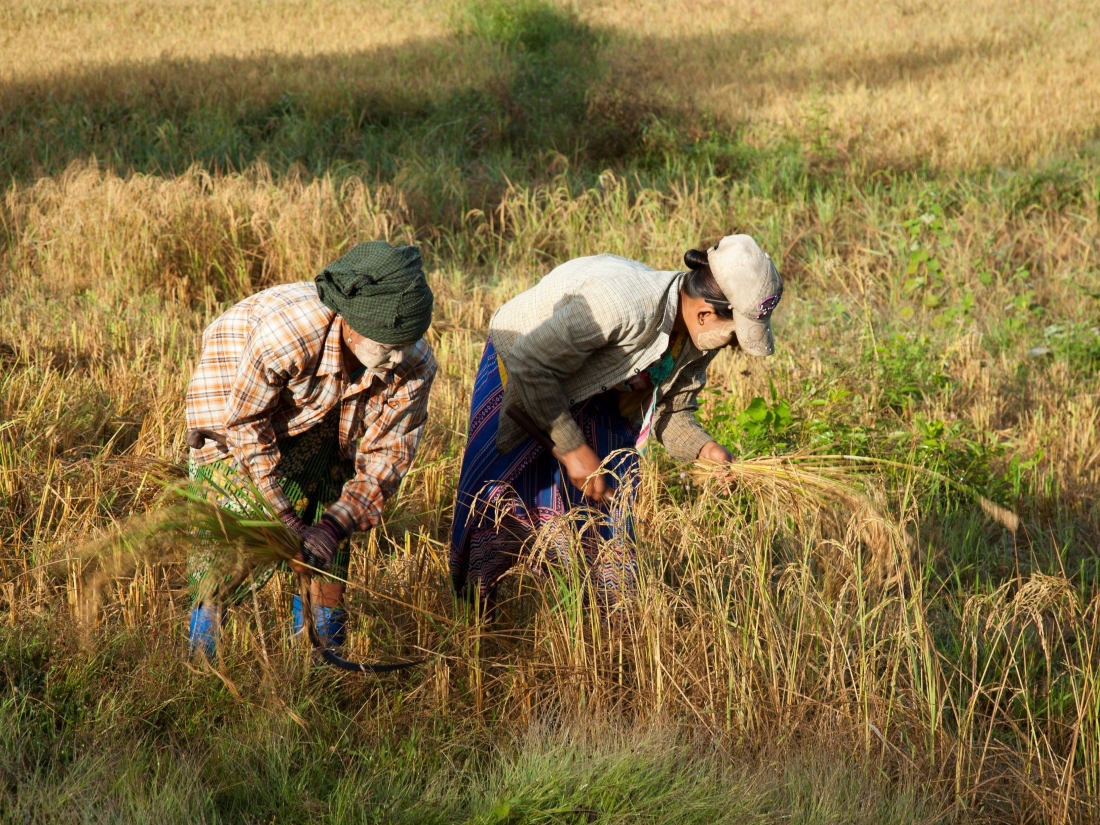
Harvesting paddy rice. In Asia, many farmers are women. Credit - © Grow Back for Posterity.
Facilitating human-elephant coexistence in Myanmar and North East India
In the UK today, people are preoccupied with the ‘cost-of-living’ crisis – especially rising food costs, fuel charges, and rents. All eyes are on the government to tackle this crisis and help the growing number of people living on the breadline. People expect a top-down solution.
In Myanmar and North East (N.E.) India, where our projects work, most rural villagers are also living on the breadline; however, most do not expect governments to secure their livelihoods. They seek help in order to help themselves tackle the problem of food insecurity.
Rice is villagers’ staple crop, most of which they grow for their own consumption. The problem is that they live alongside elephants who, somewhat unfortunately, also love rice. A few nocturnal visits by one or more hungry elephants can eliminate a year’s supply of food, causing desperate poverty for entire families. Without intervention or support people often resort to killing elephants to reduce the risk, but as legally protected species in both countries, killing elephants involves an even greater risk if caught: imprisonment.
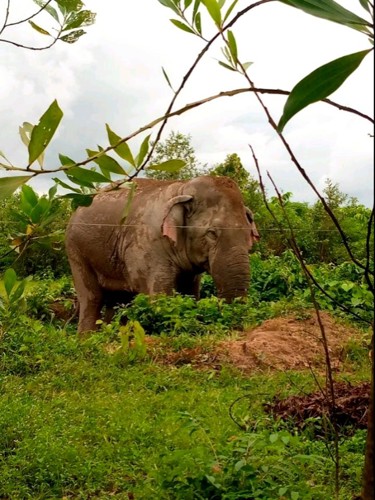
The solution our projects offer is not top-down, it is farmer-controlled and planned with the whole community. Working with 180 villages in four states of Myanmar, and 20 villages in two states of N.E. India (around 22,000 people in total), we are training farmers to set up and manage temporary solar-powered electric fences to protect their rice during the growing period. Once the crop is harvested, these simple but effective fences are dismantled so that elephants can move through the fields without hindrance. Fences can then be used to protect individual rice stores instead, as elephants will forage for rice anywhere their trunks can reach.
Alongside learning how to install, guard, maintain, monitor, repair, dismantle, and store their fences for repeated yearly use, villagers also learn about elephants: the causes of human-elephant conflict, how to avoid harm, and the importance of elephants in the local ecosystem. Much of this they know already because they have lived with nature all their lives, but their knowledge is not always explicit. Through repeated community gatherings using talks, photos, videos, and educational games with men, women, and children, our projects endeavour to make their implicit awareness explicit so that their knowledge is conscious and constructive.
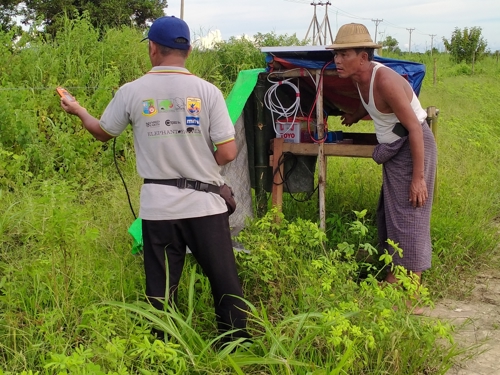
Our aim is to save lives as well as livelihoods by enabling villagers to enhance their mental as well as physical and financial wellbeing. It is a bottom-up approach, but we also work closely with local government and community organisations in both countries. Our strategy is simple, underpinned by the belief that solutions work best if they are managed by the people who benefit most from them and want them to succeed, because failure means loss of crops and hunger. We recognise that, as a conservation organisation, it is unfair to expect villagers to help us protect elephants and their habitats when they themselves risk injury, death, or starvation. By helping them protect themselves and their livelihoods, we make coexistence between them and elephants possible.
Through this approach, we are deliberately trying to put the IUCN SSC’s Human-Wildlife Conflict and Coexistence Guidelines, published in April 2023, into practice.
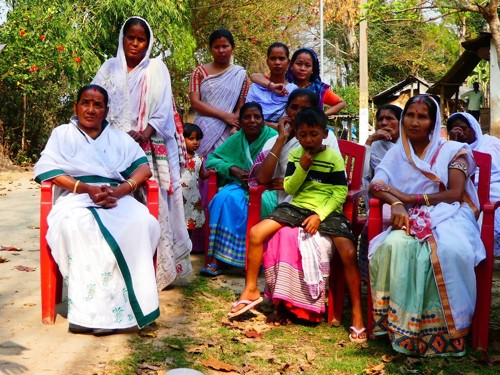
So far so good.
In Myanmar in 2015, our partner organisations, Grow Back for Posterity (GBP) and Compass Films, began a project entitled ‘Human-Elephant Peace (H.EL.P),’ funded by the US Fish and Wildlife Service (USFWS) and Shared Earth. Since then, both donors have continued to provide yearly support, and from 2016 the Darwin Initiative became an additional donor that helped expand the project. During its first phase, the project team taught rural communities, village by village, how to avoid conflict with elephants. Key to this was understanding how their own behaviour, as well as the socio-biology of elephants, causes conflict. As well as helping villagers to avoid getting hurt by elephants, the aim of raising awareness was to inspire sympathy and understanding for elephants – a prerequisite for coexistence.
Since then, no elephants have been killed in retaliation for crop-foraging; a remarkable success compared to the dozens of elephant deaths between 2015 and 2018. Once villagers got help tackling Human Elephant Conflict (HEC) and no longer feared getting killed, they not only stopped killing elephants but also began reporting the presence of poachers in the village – another marker of coexistence.
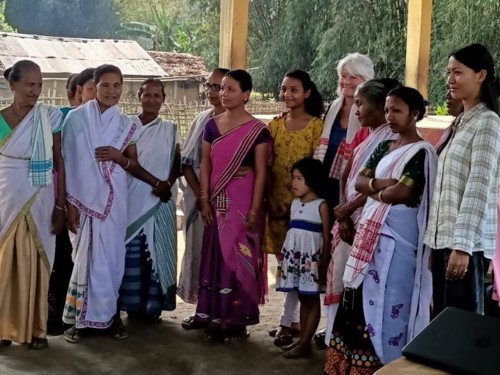
Despite these gains, elephants continued to undermine farmers’ food security, so in 2020 – under a second Darwin Initiative project also piloted with funds from USFWS and Shared Earth – GBP began training farmers to install solar-powered electric fences to protect their rice fields for five to six months a year, and their homesteads and paddy stores year-round.
When farmers ask to join a fence training course they are required to work with GBP to analyse whether the cost of protecting their property would exceed the cost of the damage done by elephants. This financial exercise is as instructive as it is enlightening for subsistence farmers as they tend not to assess their livelihoods in this way.
If the calculation reveals that it would be worth protecting the fields, GBP organises a four to five day training course in seasonal electric fencing, for 12 to 15 HEC-affected farmers in that area. The aim is to train trainers as well as farmers so that, in time, experienced electric fencers can train other farmers to protect crops effectively and safely, whilst also protecting elephants and their habitats.
When this project started, most trainees were men, but now more and more women are asking to be trained so that they can help protect homes as well as fields. Fields are vulnerable for part of the year, but homes are vulnerable year-round because that is where most families store their grain. GBP now has four female trainers and has held two women-only training courses.
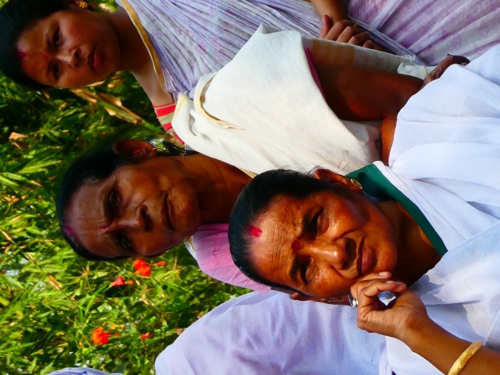
To ensure that people, domestic animals or wild elephants are not electrocuted, fence safety is as important as fence efficacy. Trainees learn to install, maintain, guard, and monitor fences to minimise the risk of killing any living being while at the same time deterring elephants, and they commit to taking a fence down as soon as the crop is harvested so that elephants have free passage through the fields during the agricultural off-season, and do not learn to break the fences when they are no longer in use and therefore not as well protected.
U Thin Chit, a farmer in Ayeyarwady state, Myanmar, plants rice on 20 acres. This should produce 80 bags of paddy which, after winnowing to remove the grain from their husks, would yield about 20 bags of rice – the amount needed to feed his family for a year. In the past, however, elephants have eaten half his crop every year, and U Thin Chit had to use hard-earned wages as an occasional handyman (£2 per day) to buy the 10 additional sacks of rice needed for subsistence. That cost him 600,000 kyat (£240) a year. The materials for an electric fence cost him 700,000 kyat (£280) plus the cost of the most reliable energiser. This year, thanks to his fence, U Thin Chit has harvested a full crop of grain and can use his wages to pay for the energiser, which will last him many years. Better still, he can extend his fence to protect his house year-round, ensuring that he and his family can sleep more soundly knowing elephants will not try to steal their hard-earned rice stores. Thanks to this project, U Thin Chit is a happier, richer, more confident man. He and his wife are immensely grateful to everyone who made this possible.
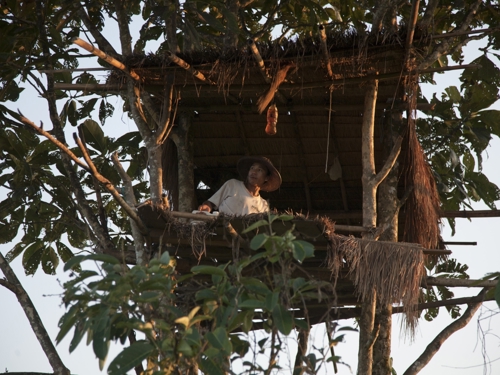
Following the coast up and inland to N.E. India, the project that launched in 2022 is similar in its goal of facilitating human-elephant coexistence. A difference lies in the landscape; nestled on the southern side of the Brahmaputra, this area presents a more densely populated context. Like the Myanmar project, it is paying particular attention to women who bear much of the brunt imposed by HEC, yet it differs in that it is better-funded and can therefore help villagers develop supplementary livelihoods, as well as protect crops to offset the cost of living with elephants.
Managed in-country by Aaranyak, and using lessons shared by GBP, this project follows the same collaborative process of profiling and mapping villages to understand their environmental, demographic, and socio-economic characteristics, as well as the HEC and other wildlife issues that affect food security and ecological sustainability. Working with relevant community groups it then provides HEC education sessions in villages, identifying the most effective way to improve household safety and reduce crop-foraging by elephants. At the same time, the project team finds out what options are available for villagers to increase their livelihoods through new or augmented income-generating activities, focusing especially on women. If training is needed, Aaranyak arranges it using its diverse connections, and in some areas skilled villagers are now training less skilled neighbours.
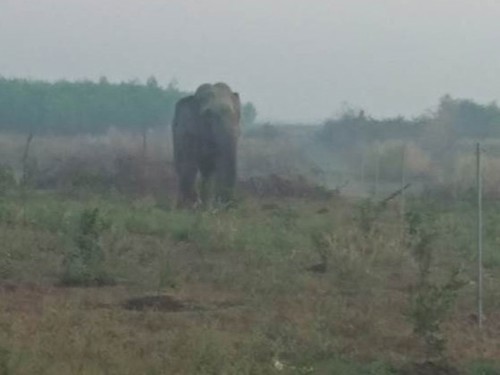
A key component of both these projects is feedback. Besides the feedback required by us or by the Darwin Initiative grant scheme, feedback to villagers is essential to make sure that they also benefit from analysis of the data that they helped to collect. Providing feedback means that villagers feel – and are – fully engaged in the project as owners, rather than mere participants. Their feedback, in turn, helps us modify activities to make them more relevant, effective, and efficient.
Whenever I visit a project village for the first time, I am aware of three intangible assets that are often overlooked: hope, confidence, and pride. These emotions are as valuable and important as they are fragile. The problems that prompt a project in the first place can invariably cause emotions to fester – be it frustration, anger, hopelessness, helplessness, or despair. By offering help we inspire hope, allowing villagers to believe in the possibility of a safer, better life. Over time, as the project begins to yield the benefits proposed, we generate confidence and pride – the building blocks of sustainability.
On my visit to India in March 2023, I met several groups of village women, most struggling to feed their families. They were heavy-hearted and glum because they felt ignorant and unskilled although, in fact, they were neither. Our explanation about the project was initially met with scepticism, but by the end of our visit they were smiling, bolstered by the confidence that comes from recognising that they will soon have the tools and the know-how they need to keep their families fed and safe from elephants.
Written by Belinda Stewart-Cox. For more information on these Darwin Initiative Main projects, please click:
- here for project 27-012, led by Elephant Family, and
- here for project 29-018, led by British Asian Trust.
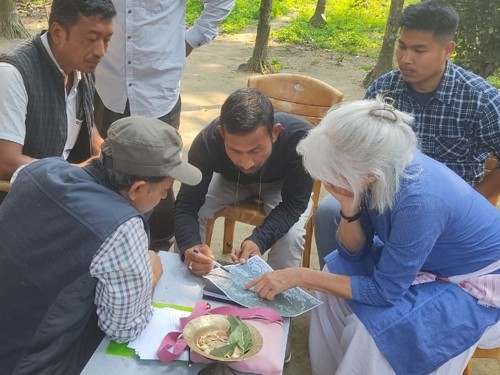
 Back
Back